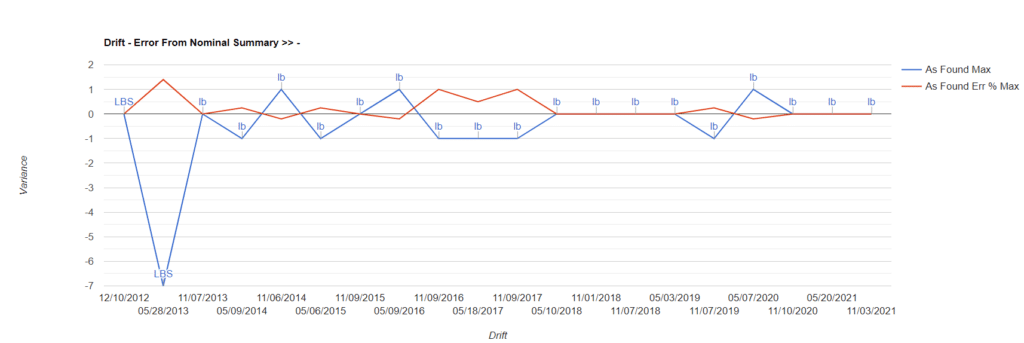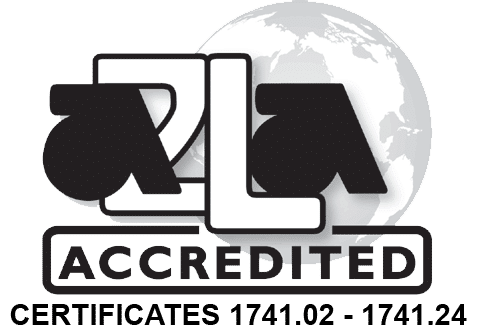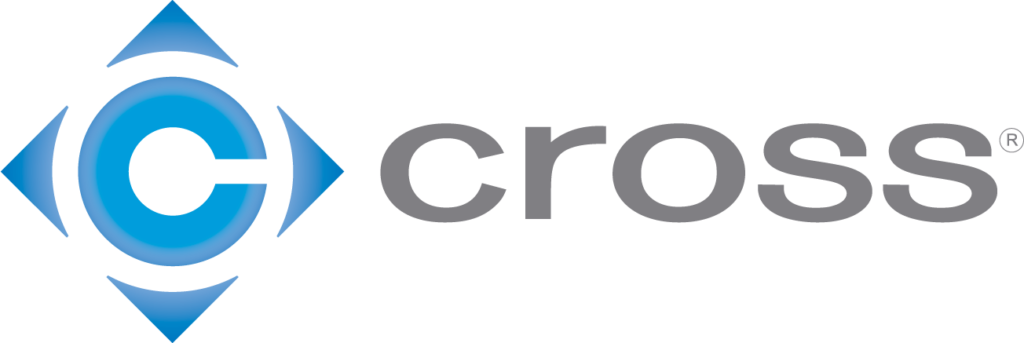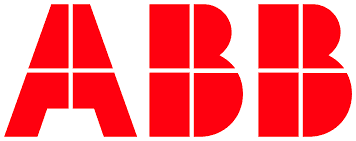Drift Analysis For Your Quality Program
One of the questions we get most often is “how frequently should I calibrate my equipment?” Unfortunately, this is something that we cannot answer for you, as it is a decision that must be made considering a number of factors. Check out this article to learn more about determining calibration frequency. However, one important factor is how often the equipment needs to be adjusted or is found to be out of tolerance. A great way to track this over time is using drift analysis which we CAN help you with!
What is drift analysis?
Drift analysis is the process of charting the as-found data for your equipment over time. By doing this you can easily see which pieces of equipment are consistently staying in tolerance and which need to be adjusted. Using this data you can make a more informed decision about calibration frequency. For instance, if you see that a piece of equipment routinely needs to be adjusted, you may want to increase frequency to ensure that it doesn’t go out of tolerance between calibration cycles. This will help you to reduce your risk of using an out-of-tolerance measurement device, which in turn can help to raise the quality of your product. On the other hand, if you find that a piece rarely or never needs to be adjusted, then you can potentially move out your calibration cycle which will save you time and money. The key is to make a data driven decision so you feel confident in the quality of your measurement data.
So how do I get started?
The great news is that Cross Precision Measurement is here to help! As a Cross calibration customer, you have free access to GageSuite, our comprehensive, user-friendly calibration management system. Beyond giving you instant access to the complete calibration and repair history for each piece of equipment, GageSuite now gives you drift charts for each piece of equipment. GageSuite uses real data from your calibration events to create charts showing your equipments’ drift trends over time. These charts can be easily viewed within the equipment record, giving you the information you need to make informed decisions about calibration frequency, maintenance, and eventual replacement.
Log into GageSuite today to view your equipment’s drift analysis charts. Don’t have access, no problem. Register to get access to your GageSuite account today. If you’d like to discuss your drift charts in more detail or just have questions about calibration, contact us to speak with one of our precision measurement professionals.

How Can Cross Help?
In the field of metrology, there are many standards to follow to ensure reliable calibration or inspection. At Cross Precision Measurement, we are an ISO 17025 accredited calibration laboratory that adheres to standards set out by NIST (HB44), the National Conference on Weights and Measures (NCWM), the National Type Evaluation Program (NTEP), A2LA, and other relevant standards. With our experience and expertise, we can ensure you’re getting reliable, repeatable metrology results.
Since 1939, our Precision Measurement group has provided industry-leading technical expertise coupled with world-class customer service to manufacturing and other industrial operations in need of onsite calibration, product inspection, precision measurement equipment, and more. Our precision measurement and inspection teams have the knowledge and resources to help you reduce risk, improve quality, and increase efficiency throughout your entire process. With our extensive network of calibration labs across the Southeast and Midwest, we can ensure you’re getting the metrology services you need. Contact Cross Precision Measurement today.





